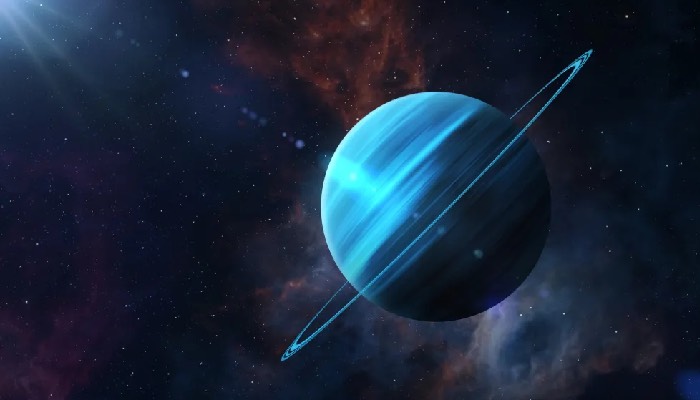
Uranus remains an inhospitable planet due to its harsh conditions, including extreme temperatures, high pressures, and volatile materials.
With no true surface and an atmosphere capable of destroying metal due to immense pressure, the prospects for life seem bleak.
However, recent research from NASA suggests a glimmer of hope lies in Uranus's moons.
Specifically, Ariel, Umbriel, Titania, and Oberon might harbor deep oceans capable of supporting life.
Uranus, known for its cold and windy environment, is an ice giant surrounded by 13 faint rings.
Its unique rotation, nearly perpendicular to its orbit, makes it appear to spin sideways, resembling a rolling ball as it orbits the Sun.
Discovered in 1781 by astronomer William Herschel, Uranus was initially mistaken for a comet or star.
However, subsequent observations by Johann Elert Bode confirmed its status as a planet.
Despite its enormous size, four times wider than Earth, Uranus's harsh conditions make it unsuitable for life as we know it.
With an equatorial diameter of 31,763 miles (51,118 kilometers) and an average distance of 1.8 billion miles (2.9 billion kilometers) from the Sun, the planet's extreme environment poses significant challenges for potential inhabitants.
Uranus boasts 28 known moons, uniquely named after characters from the works of William Shakespeare and Alexander Pope.
While, the composition of the inner moons comprises roughly equal parts water ice and rock, the outer moons remain shrouded in mystery, likely being captured asteroids.
Moreover, Uranus itself may not be conducive to life, the possibility of habitable environments on its moons offers a tantalizing prospect for further exploration and scientific inquiry.
